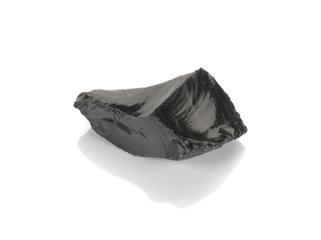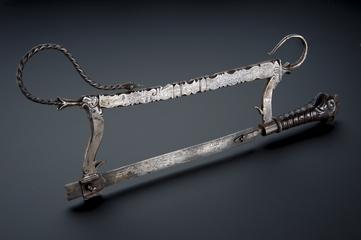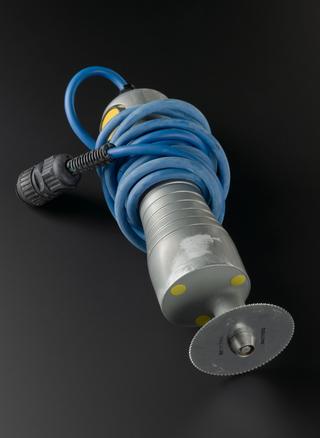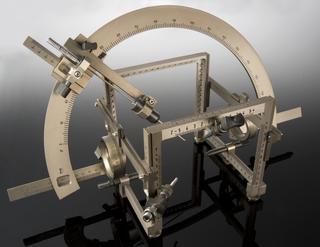
Lister-type tourniquet, London, England, 1866-1927
- maker:
- Arnold and Sons
















Lister's tourniquet for compression of the aorta, large semi-circular steel frame, with fixed and gavot-type adjustable pressure pad by Arnold, c. 1890
This tourniquet was used during surgery to compress the abdominal aorta, the largest artery in the abdomen. It was invented by Joseph Lister (1827-1912), the pioneer of antisepsis, while he was working at the Royal Infirmary Glasgow. One of the pads is fixed and the other is easily adjustable. It was not uncommon for surgeons to invent new instruments to aid their work, prototypes of which were manufactured for them by instrument makers such as Arnold & Sons (who made this example). Lister abandoned the tourniquet after a number of modifications because it damaged other internal organs, such as the bowel, when in use.
Details
- Category:
- Surgery
- Collection:
- Sir Henry Wellcome's Museum Collection
- Object Number:
- A41383
- Materials:
- frame, steel, pad (1), steel, pad (1), felt, pad (2), wood and pad (2), felt
- Measurements:
-
overall: 94 mm x 422 mm x 280 mm, .32 kg
- type:
- tourniquet
- credit:
- James Arnold and Sons




